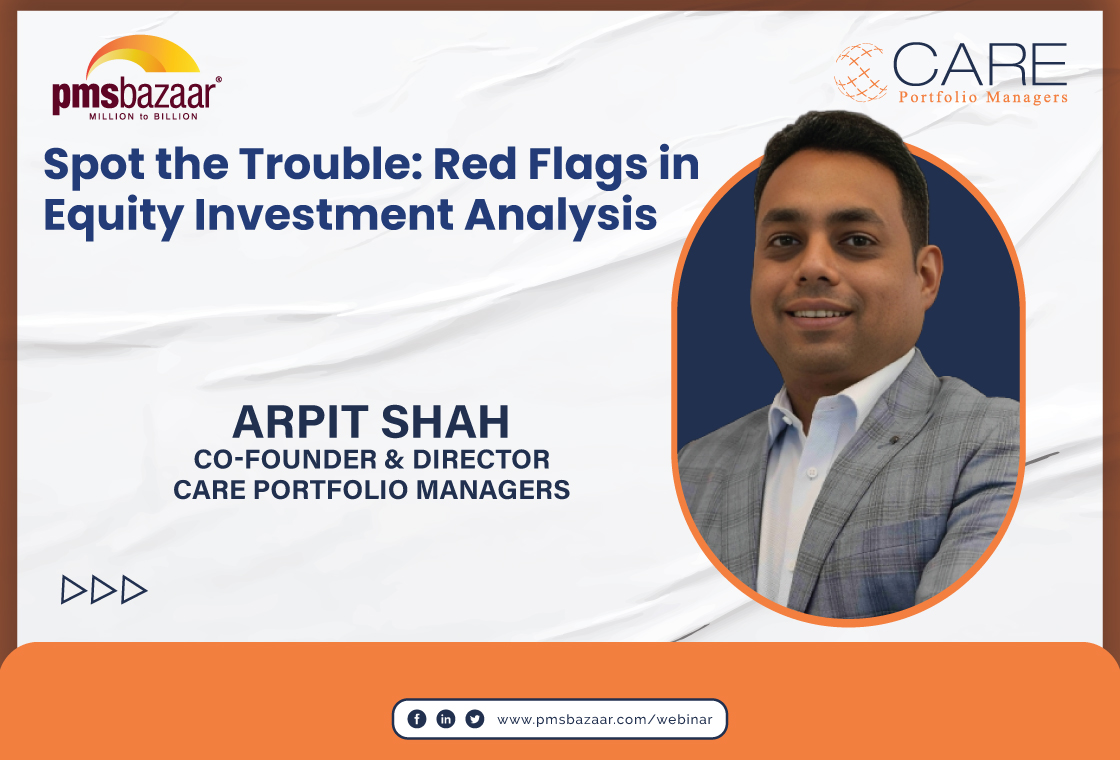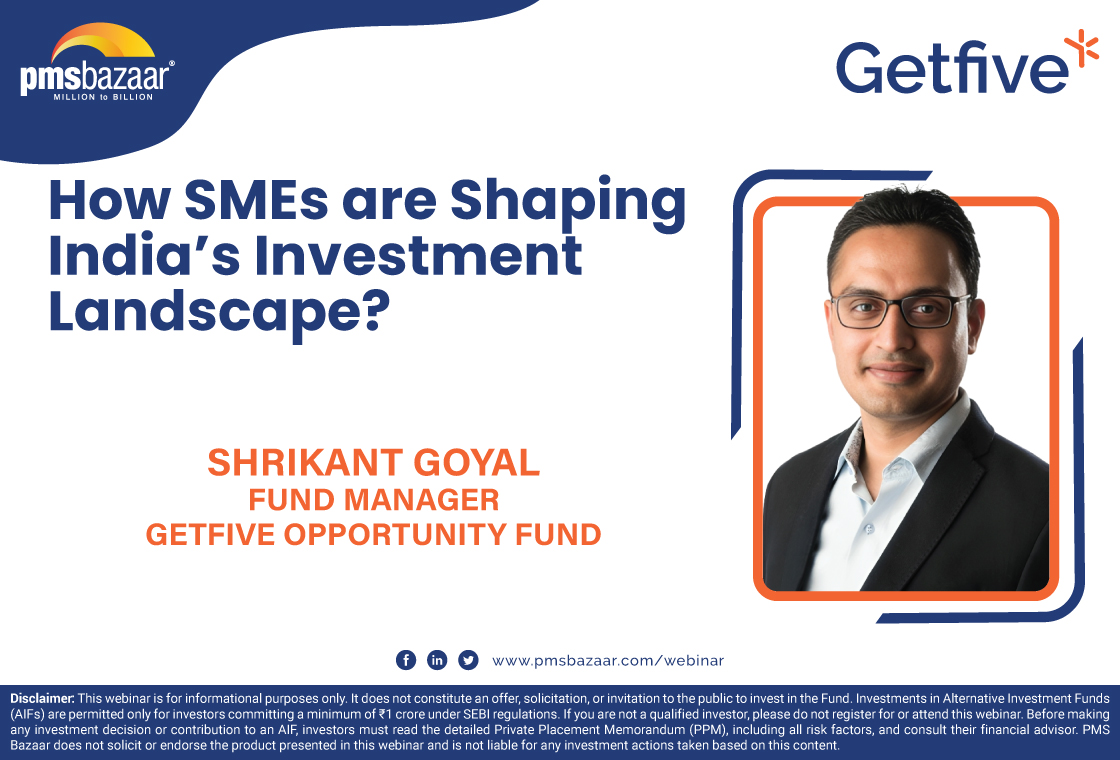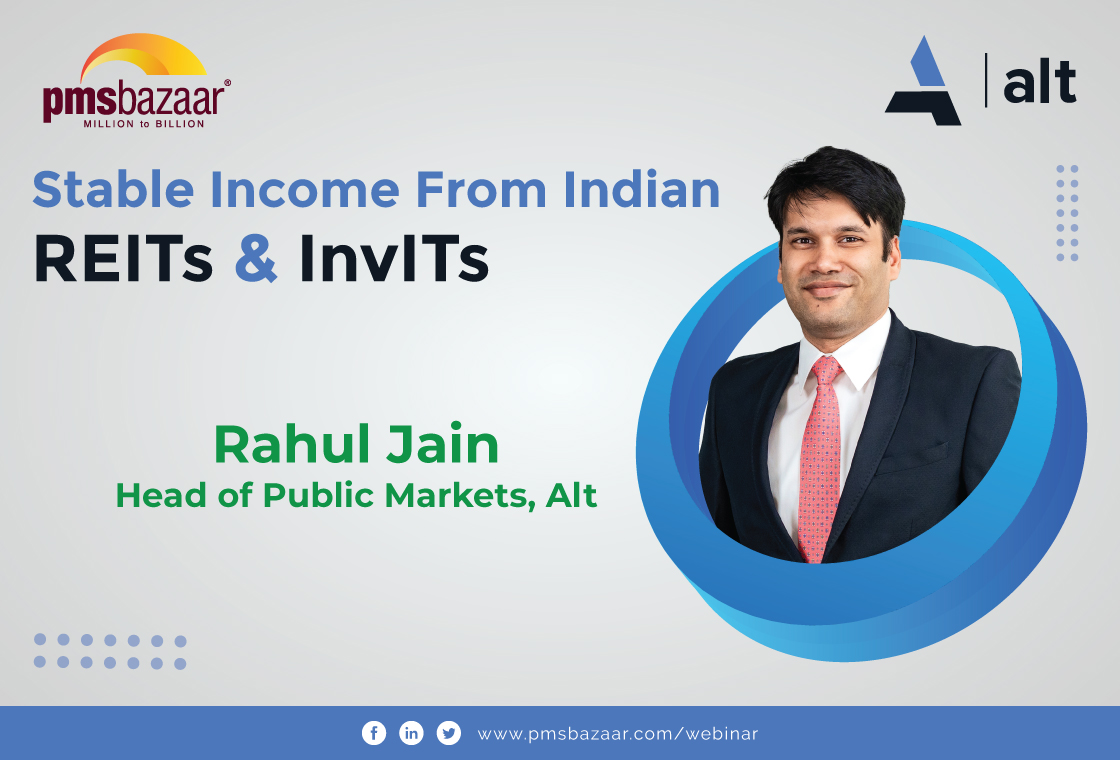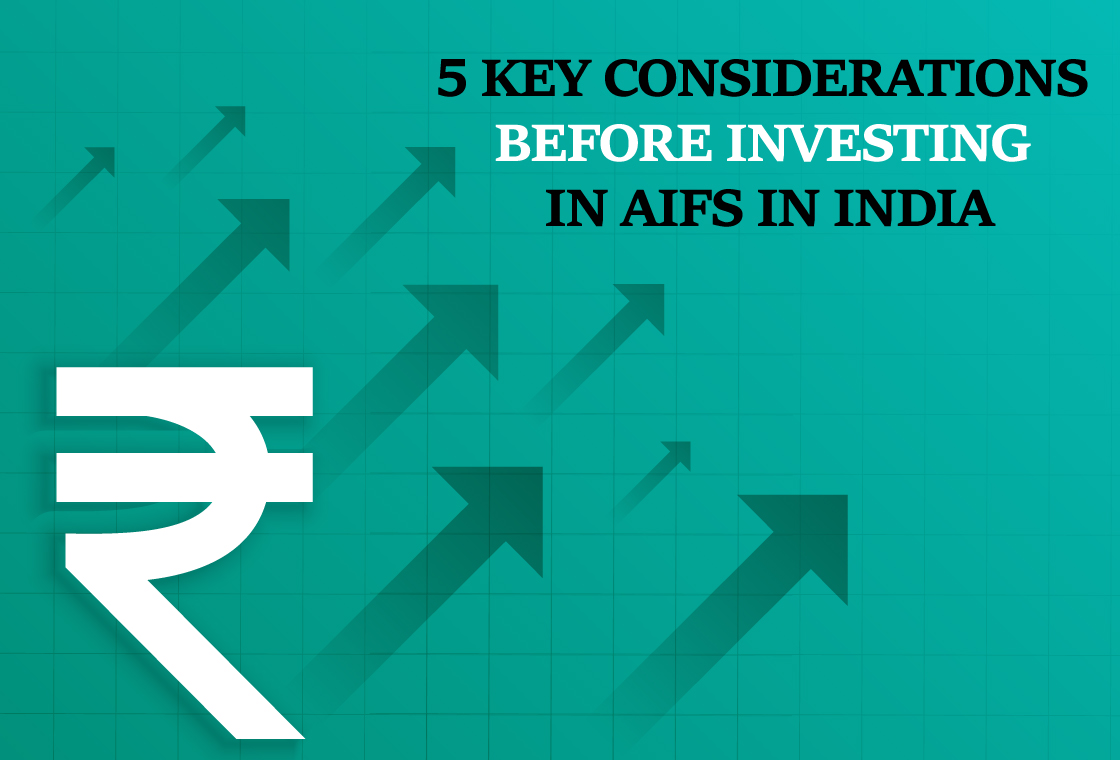"Don't put all your eggs in one basket": This is one line that has been used over decades to emphasise the importance of diversification. But when the going is great in one asset-class, it is easy to forget the basics. Take, for example, the domestic stock market which has been on a tearing run for many months now. After hitting nadir in March 2020, the Sensex/Nifty have gathered furious pace and are hitting new highs almost daily. This has prompted an entire generation of investors, going by the lakhs of demat accounts being opened, to be convinced that equity is the only asset to invest in!

In this very interesting backdrop, PMS Bazaar held a special webinar 'Balancing Risk and Return Through Multi Asset Strategies | The Morningstar Approach'. The chief guest at the webinar was Dhaval Kapadia, Director, Managed Portfolios, Morningstar Investment Adviser (India) and the session moderated by Sivaram. Here are some key insights on this timely topic for discussion.
About Morningstar
Morningstar started in 1984 with a print publication on mutual funds for individual investors. Over the years, it has emerged as a globally trusted name in independent investment research. Today, Morningstar provides data on over 6.21 lakh investment products. As a company, it has over 8000 employees in 29 countries.
Morningstar's Investment Management Group is a force to reckon with in the investment world, with $251 billion assets managed/advised. There are 557 employees including 95 investment professionals in the Investment Management Group.
Morningstar abides by 7 key investment principles.
- Putting investor first
- Being Independent-minded
- Investing for the long-term (beyond 5 years)
- Valuation-driven (important component of process and decision-making)
- Fundamental approach
- Striving to minimise costs
- Building portfolios holistically
Core capabilities
As Dhaval Kapadia puts it, Morningstar prides itself on a few core skills.
One, asset allocation where Morningstar uses innovative strategic and tactical principles rooted in proprietary capital market assumptions.
Research over several decades has showed that the key driver of portfolio performance is asset allocation. Essentially, instead of security focus, the aim should be to find the right asset mix i.e. how much do you invest in equities, international equities, debt, gold, cash etc.
"Second is manager selection. Its a core capability. Strategic vision and insights are strengthened by high quality investment data and research.
Thirdly, portfolio construction. We use advanced proprietary optimization processes and combined them with our manager expertise," Dhaval said.
Morningstar believes that an investment’s performance is heavily influenced by its manager. So, it uses extensive data, global research and face-to-face interviews to find fund managers who can contribute to the goals of each portfolio.
The core capabilities are important to understand in the context of Morningstar Investment Adviser India Private Limited being a SEBI registered Portfolio Manager, and a wholly owned subsidiary of Morningstar Investment Management, LLC, and is part of Morningstar’s Investment Management Group.
At this moment, Morningstar in India offers Morningstar Managed Portfolios. These are Multi-Asset mutual fund portfolios.
Markets amid pandemic
Given the roller-coaster ride in stock markets, Dhaval Kapadia next put the spotlight on what 3 global experts are thinking right now. These were important insights because they show what the best of investing brains are thinking.
"I consider it reasonable for investors to give a nod to the possibility of higher inflation, but not to significantly invert asset allocations in response to macro expectations that may or may not prove accurate," --- Howard Marks of Oaktree
"Covid 19 is behind us. Inflation is the biggest unknown and will influence how markets behave," - Professor Aswath Damodaran, NYU Stern School of Business
"Greatest speculative bubble of all time in all things, by two orders of magnitude," - Michael Burry, Hedge Fund Manager and Founder of Scion Capital
Single asset investing
Many investors want to invest in an asset class they are comfortable with.
Since December 96, Indian equities have provided considerable real returns, outperforming both gold and fixed income. Gold has delivered positive real return. Fixed income too has delivered positive real return but has underperformed gold by some margin.
According to Morningstar data, between 1996 and 2021, Indian equities' real return was between 7-8% p.a, gold was about 4% p.a. and fixed income was 2% p.a.
But, single-asset investing is also particularly vulnerable to sharp drawdowns. A drawdown is the maximum fall from peak.
In 2008, the drawdown seen was 64% and the recovery (to go back to peak) took 86 months.
In 2016, the drawdown amounted to 21% and the ensuing recovery happened in 22 months.
In 2020, the drawdown was 38% but the recovery was the fastest i.e. in 7 months
"The upside needed to recover from drawdowns is the more. When you fall, your need it more to go up. As drawdowns increase, the subsequent market performance for recovery needs to be higher than the drawdown percentage," pointed out Dhaval.
Case for multi-asset investing
Multi asset investing, as it sounds, is not about buying 40-50 Indian stocks. In fact, multi asset investing involves multiple assets. These assets are combined in a mix subject to different economic drivers. The assets usually considered are cash, gold, global equities, Indian equities, foreign currency, fixed income etc.
The case for investing in international equities is pretty clear. US, China, Japan, and UK have a big share in global market index and in global GDP share.
There are always global winners and losers in terms of asset performance, but the benefits of diversification can still be felt. For instance, US equity in 2018 had shown 3.9% gain but India fixed income was the winner that year with 8.3% gain. But over 2008 to 2021, in CAGR terms, US Equity has notched up 16.2% returns, Developed Markets equity 13.1%, Multi Asset Portfolio is 10.8%, European Equity 8.8%, Indian Equity 8.7%, India Fixed Income 8.3% and Emerging Markets Equity 8.2%. The figures show why a Multi-Asset Portfolio approach works over the long-term.
Morningstar in India through the PMS managed portfolios offers the following four mixes
1. Active Balanced: Domestic equity 30-60%, Domestic fixed income 30-70%, International equity 0-20%, Gold 0-15%; time horizon 5-7 years
2. Active growth: Domestic equity 40-70%, Domestic fixed income 20-50%, International equity 0-30%, gold 0-15%; time horizon 7-10 years
3. Active aggressive: Domestic equity 55-85%, Domestic fixed income 0-30%, International equity 5-35%, gold 0-15%; time horizon 10+ years
4. Active aggressive plus: Domestic equity 60-100%, Domestic fixed income 0-35%, International equity 0%, gold 0-15%; time horizon 10+ years
"Single asset investing can generate wealth but at the cost of higher risk or uncertainty. Putting it simply, multi asset strategies help in generating better risk adjusted returns," says Dhaval.
At the last stages of the webinar, Dhaval took questions from PMS Bazaar subscribers on topics such as fixed income outlook, parameters for asset allocation decision and a lot more.
If you missed the opportunity to listen to the experts directly, you can relive the entire session through the appended link below:
For more information, please contact info@pmsbazaar.com
Recent Blogs
.jpg)
Passively Active Investing — A Modern Investor’s Lens on ETF-Based PMS
PMS Bazaar recently organized a webinar titled “Passively Active Investing — A Modern Investor’s Lens on ETF-Based PMS,” which featured Mr. Karan Bhatia, Co-Founder and Co-Fund Manager , Pricebridge Honeycomb ETF PMs. This blog covers the important points shared in this insightful webinar.

Spot the Trouble: Red Flags in Equity Investment Analysis
PMS Bazaar recently organized a webinar titled “Spot the Trouble: Red Flags in Equity Investment Analysis,” which featured Mr. Arpit Shah, Co-Founder & Director, Care Portfolio Managers. This blog covers the important points shared in this insightful webinar.

Long-Only AIFs Rebound Sharply in October; Long-Short Strategies Lag Despite Lower Volatility
106 long-only AIFs averaged 3.68% vs 32 long-short AIFs at 2.7%; only 24–31% of funds beat key indices

Markets log strongest monthly gains in 7 months; PMS performance turns near-uniform in October
Nifty 50 TRI gained 4.62%, BSE 500 TRI rose 4.27%; 415 of 427 equity PMSes ended positive

How SMEs are Shaping India’s Investment Landscape?
PMS Bazaar recently organized a webinar titled “How SMEs are Shaping India’s Investment Landscape?” which featured Mr. Shrikant Goyal, Fund Manager, GetFive Opportunity Fund.

Stable Income from Indian REITs and InvITs
PMS Bazaar recently organized a webinar titled “Stable Income from Indian REITs and InvITs,” which featured Mr. Rahul Jain, Head of Public Markets, Alt.

5 Key Considerations Before Investing in AIFs in India
Alternative Investment Funds (AIFs) have emerged as a compelling option for sophisticated investors seeking diversification and potentially superior returns. But venturing into AIFs requires a clear understanding of their unique characteristics that go beyond simply knowing what they are and their categories.

How AIF can help in diversification?
Traditionally, Indian investors have relied on a mix of stocks and bonds to build their wealth. While this approach offers diversification, it can still leave your portfolio vulnerable to market fluctuations. Enter Alternative Investment Funds (AIFs), a dynamic asset class gaining traction for its ability to unlock diversification beyond the realm of conventional options.

